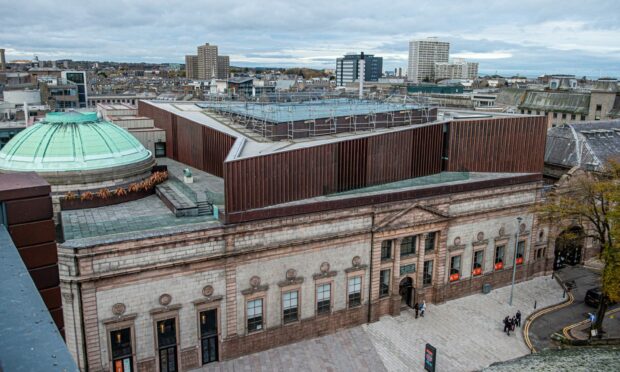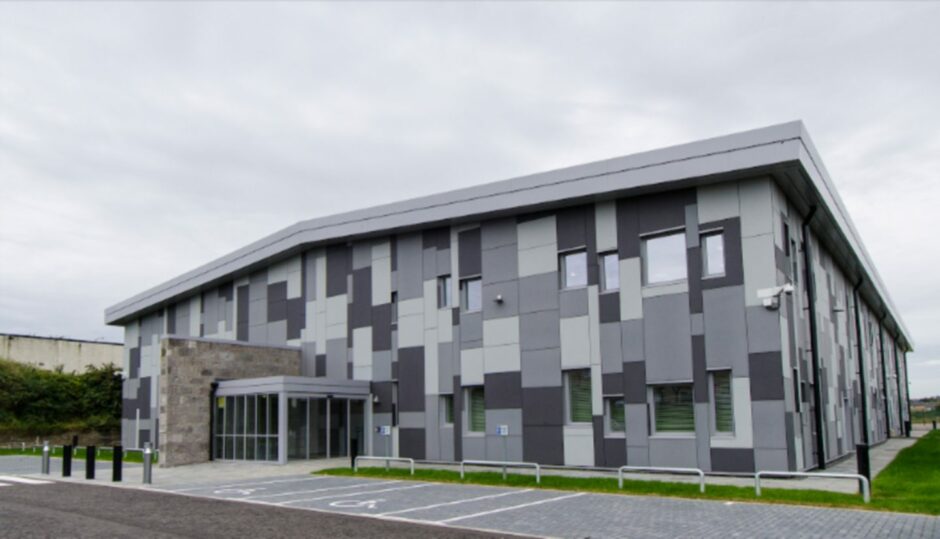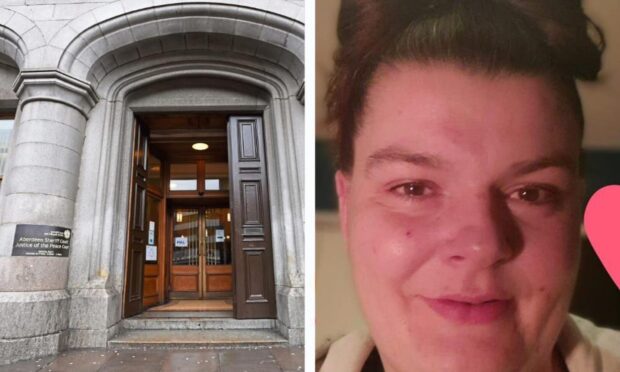Missing artwork from Aberdeen’s vaults is thought to be worth around £200,000 – and it could take seven years to completely audit the lists of lost items.
City chiefs previously refused to estimate the worth of the pieces that they are unable to account for.
Late last year, freedom of information requests forced the council to reveal 1,577 items from its vast collections were missing.
After an internal audit, that number has been revised to 1,330.
Records are kept for 150,000 pieces within the city’s collections.
By May, the council could hire two extra collection documentation experts, at a cost of £71,000 a year, to get to grips with the absent art by summer 2024.
Without those staff, it is thought it might take until the end of 2028.
Council spurred into action as scale of missing artwork uncovered
Officials have been tasked with explaining the AWOL art, thought to be worth a collective £195,443, to the council’s audit committee next week.
As of this month, 92 pieces have been logged as stolen, while archivists are yet to confirm the location of 525 other artworks.
Their location is classed as “to be confirmed” in the report, pulled together by chief city growth officer, Richard Sweetnam.
In 1989, 76 objects – most made from silver and ivory – were stolen from the city’s collections.
Grampian Police investigated the haul, though it is now accepted that it is “unlikely” remaining stolen good will be recovered.
That is despite officers trawling auction catalogues where they may be resold, Mr Sweetnam admitted.
Hope some of Aberdeen’s missing art can be found while unpacking at new treasure hub
However, there is some hope that many items misplaced or miscatalogued could be tracked down this year.
Officers are targeting pieces lost during the decant from the art gallery before its recent £34.6 million refurbishment.
Around 123,000 objects have been shifted in the last nine years, as part of two mass moves in the last decade, because of that revamp and the creation of the new £6m storage facility- the Treasure Hub – in Northfield.
A third is underway, taking more of the city’s collection to the treasure hub from the previous store in Kittybrewster.
And approximately 240 of those items whose whereabouts are yet to be confirmed are because of administrative errors during that transportation, be it because of sloppy handwritten records and staff taking box content lists at face value.
“Objects recorded as missing prior to the creation of Aberdeen Treasure Hub and the closure of the art gallery for refurbishment will take more time (to be located) – particularly for older records,” Mr Sweetnam warns.
Items missing for decades might prove more difficult to track down
Those 713 historically lost items – those listed missing before records were digitised – will be feared to be much harder to track down.
For a start, staff have little idea what some of the decades-lost pieces will look like.
The new report warns that only around 10% of missing items have been photographed, “meaning subsequent identification is difficult”.











